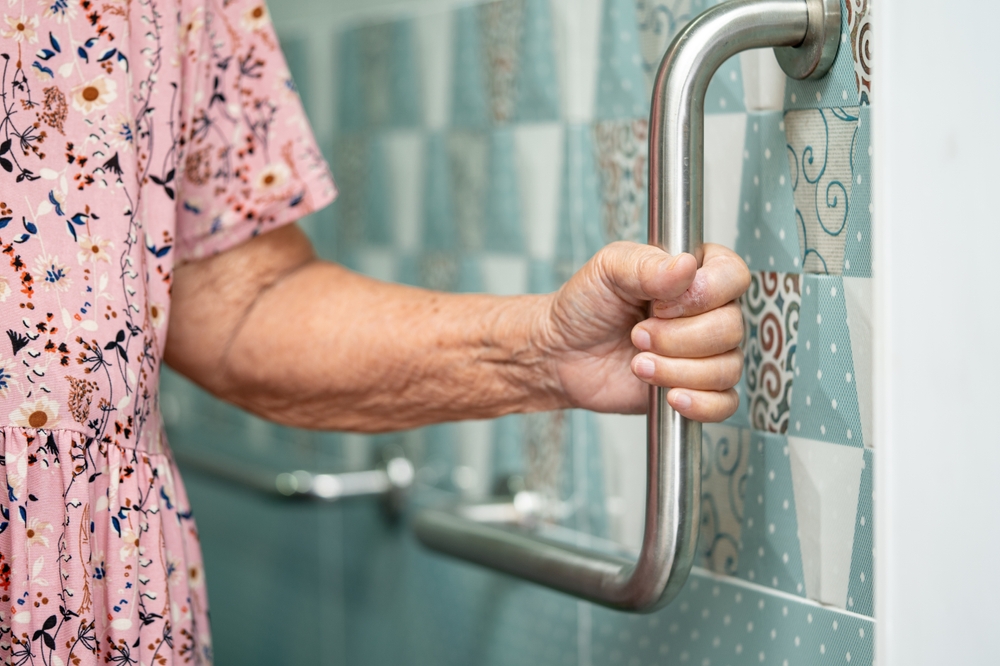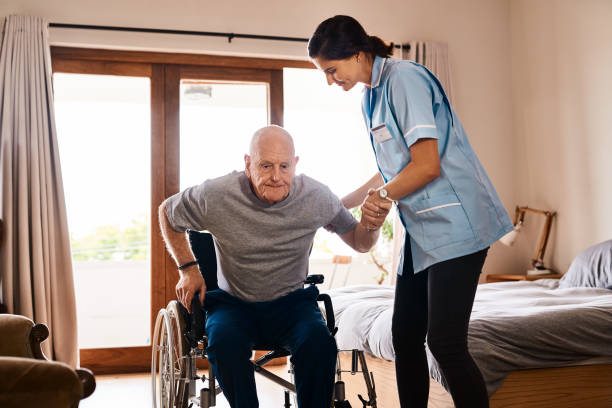Creating a safe and comfortable living environment for the elderly is crucial. One of the most important aspects of this is ensuring proper lighting for elderly living room spaces. Good lighting not only enhances visibility but also reduces the risk of falls and accidents, which are common concerns among older adults. In this article, we will explore the various elements that contribute to effective lighting solutions for the elderly.

The Importance of Proper Lighting
As people age, their vision deteriorates. This makes adequate lighting not just a matter of comfort but of necessity. Proper lighting can help in preventing falls, reducing eye strain, and creating a more pleasant living environment. According to the National Council on Aging, falls are a leading cause of injury among older adults, and good lighting is a simple yet effective way to mitigate this risk.
Types of Lighting for Elderly Living Rooms
Ambient Lighting
Ambient lighting provides overall illumination to a room. It is the primary source of light and should be soft and diffused. Ceiling-mounted fixtures or LED panels are excellent choices for ambient lighting.
Task Lighting
Task lighting is focused lighting used for specific activities like reading or sewing. Adjustable desk lamps or wall-mounted fixtures can provide the necessary illumination for these tasks.
Accent Lighting
Accent lighting adds depth and dimension to a room. It highlights specific areas or objects, such as artwork or architectural features. While not essential for safety, it contributes to the aesthetic appeal of the living space.
Choosing the Right Light Bulbs
When selecting light bulbs, consider the following:
- Brightness: Measured in lumens, a higher lumen count means a brighter light, which is beneficial for elderly eyes.
- Color Temperature: Measured in Kelvin, a warm white (around 2700K to 3000K) is generally soothing and comfortable for the eyes.
- Energy Efficiency: LED bulbs are energy-efficient and have a longer lifespan, making them ideal for frequent use.
Strategic Placement of Lights
Proper placement of lighting is as important as choosing the right type of lighting. Consider these tips:
- Install lights at different heights to reduce shadows.
- Place lamps near seating areas for reading and other activities.
- Ensure pathways are well-lit to prevent stumbling.
Utilizing Natural Light
Maximizing natural light is beneficial for both mental health and energy savings. Use sheer curtains to let in natural light while reducing glare. Arrange furniture to take advantage of windows and skylights.
Adaptive Lighting Solutions
Smart home technology offers adaptive lighting solutions that can be customized for different times of the day or specific activities. Motion-sensor lights are particularly useful in hallways and bathrooms.
For more on how smart technology is transforming elderly care, check out this article on Smart Elderly Care Solutions.
Safety Considerations
When designing a lighting plan, prioritize safety. Avoid using extension cords that can cause tripping hazards. Ensure all light switches are easily accessible and consider installing dimmer switches for added control.
Budget-Friendly Lighting Options
Quality lighting doesn’t have to be expensive. Consider budget-friendly options like LED strip lights or solar-powered outdoor lights to enhance safety without breaking the bank.
Maintaining Your Lighting Fixtures
Regular maintenance is essential for optimal performance. Clean fixtures and replace bulbs as needed. Check for signs of wear and tear, especially in frequently used areas.
Incorporating Lighting into Home Design
Lighting should complement the overall design of the living room. Consider the style and color scheme of the room when choosing fixtures and bulbs.
Case Studies: Successful Lighting Solutions
Explore case studies of living rooms that have successfully implemented effective lighting solutions for the elderly, highlighting the impact on safety and comfort.
Conclusion
Ensuring proper lighting for elderly living room spaces is an essential aspect of creating a safe and comfortable home environment. By considering the types of lighting, strategic placement, and the use of natural and adaptive lighting solutions, caregivers can significantly enhance the quality of life for older adults.

FAQs
How can I improve lighting for my elderly parents?
Consider using a combination of ambient, task, and accent lighting. Ensure pathways are well-lit and use LED bulbs for better visibility and energy efficiency.
What type of lighting is best for aging eyes?
Warm white LED bulbs are ideal as they provide bright yet comfortable lighting that reduces eye strain.
Are smart lighting solutions beneficial for the elderly?
Yes, they offer customizable and adaptive lighting options that can be adjusted according to the needs of the elderly, enhancing both convenience and safety.
This article contains affiliate links. We may earn a commission at no extra cost to you.






